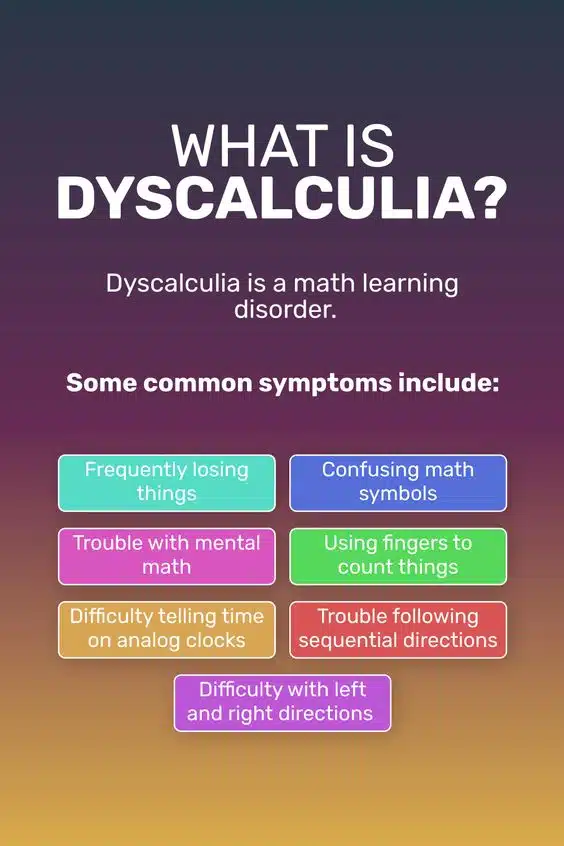Norm-referenced assessment works by comparing a child’s performance to that of a group of typically developing peers. This helps professionals understand the child’s abilities and identify areas that may need additional support. Here are some key points to understand:
- Standardized Test: Children are given a standardized test that measures various skills and abilities.
- Comparison to Normative Sample: The child’s test scores are compared to a group of similar peers who are considered typical.
- Percentile Rank or Standard Score: Based on the comparison, the child is assigned a percentile rank or standard score that indicates their performance level relative to the normative sample.
- Example: A percentile rank of 50 means the child performed at the median level of the normative sample.
- Identifying Strengths and Weaknesses: Norm-referenced assessment helps professionals identify areas where the child excels and areas that may require extra support.
- Setting Goals and Monitoring Progress: The assessment results are used to develop individualized goals and track the child’s progress over time.
Norm-referenced assessment compares a child’s performance to their peers and provides valuable insights for understanding their abilities. Goally, our tablet product, complements this by offering fun apps for kids to build life and language skills, emotional regulation, executive functioning, and social skills, aligning with areas identified through assessment.
This post was originally published on April 11, 2023. It was updated on July 12, 2023.













